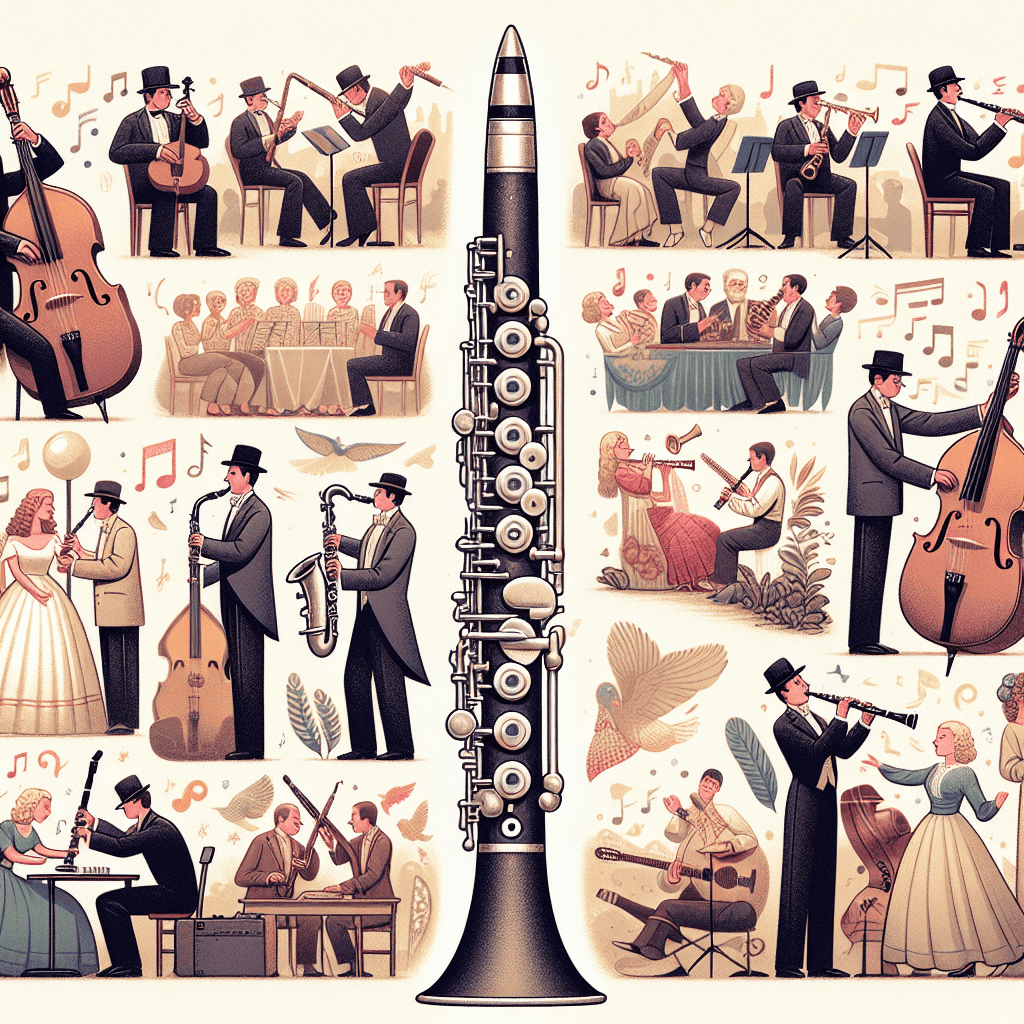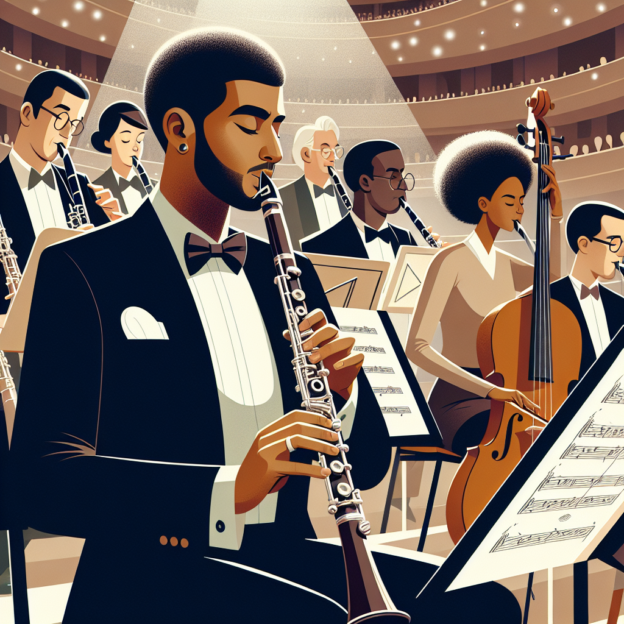The Evolving Role of Clarinet Players in Contemporary Classical Music
In the vibrant world of contemporary classical music, clarinet players are experiencing an exciting shift in their artistic landscape. This genre, celebrated for its innovative approach and fusion of styles, has opened up new avenues for clarinetists to display their talents and creativity. Let's explore the unique position of clarinet playing in today's classical music scene.
The clarinet, often described as the chameleon of woodwinds, effortlessly adapts to various musical styles. Its distinctive sound can range from hauntingly beautiful to lively and spirited. Both established and up-and-coming composers are enthusiastically incorporating clarinets into their works, contributing to the ongoing evolution of modern classical music.
Iconic Composers and Modern Trends
Consider icons like Aaron Copland, who masterfully wove American folk elements into his symphonic compositions, frequently featuring clarinet sections. Today's composers are building on this legacy, pushing boundaries with textures and unconventional techniques. For instance, the use of multiphonics—a technique enabling performers to produce multiple pitches simultaneously—has become an integral part of a clarinetist's repertoire.
| Technique | Description | Effect |
|---|---|---|
| Multiphonics | Producing multiple pitches simultaneously | Creates rich, complex textures |
| Circular Breathing | Continuous sound production without pausing for breath | Enables extended phrases and sustained notes |
| Key Clicks | Percussive sounds made by tapping the keys | Adds rhythmic and textural elements |
The Clarinet's Versatility
A piece's interpretation is just as important as the notes on the page. Clarinetists are expanding their roles, becoming soloists, orchestral players, and collaborators across various genres. The clarinet's ability to blend seamlessly into chamber ensembles is remarkable. It can complement strings, harmonize with vocals, or command the spotlight. This adaptability makes it particularly appealing in contemporary compositions.
Breaking Boundaries in Contemporary Classical Music
Contemporary classical music thrives on pushing limits. Clarinetists often employ prepared techniques, incorporating unconventional sounds into their performances. These innovative methods highlight why many performers choose brands like Martin Freres, known for crafting instruments capable of accommodating diverse techniques without sacrificing sound quality.
The Role of Education and Mentorship
Education and mentorship play crucial roles in nurturing the community of contemporary clarinet players. Emerging artists gain valuable experience by studying contemporary repertoire and mastering the techniques required for its performance. Many institutions now offer programs that focus not only on traditional pieces but also on works by current composers, bridging the gap between classical and modern music.
The Power of Collaboration
Collaboration is a key aspect of contemporary clarinet playing. Musicians often work directly with composers, contributing to the creation of new works tailored for the instrument. Imagine participating in a composition workshop, sharing your knowledge of the clarinet's capabilities with a respected composer. These partnerships lead to exciting outcomes and drive the ongoing development of clarinet music.
Notable Contemporary Clarinet Players
Notable clarinetists like Martin Frost and Kari Kriikku have made significant contributions to the contemporary music scene. Their performances often showcase new works, demonstrating the clarinet's wide range of expressive possibilities. Concerts featuring new music frequently highlight clarinet solos, underscoring the instrument's versatility.
Beyond Performance: Advocacy and Education
The role of a clarinetist extends beyond performance. It includes advocating for new works and educating audiences. As these artists introduce listeners to contemporary pieces, they help cultivate a deeper appreciation for the intricacies of modern classical music.
Conclusion
Clarinet players in contemporary classical music are at the forefront of musical innovation. Whether they're tackling challenging new compositions, collaborating with visionary artists, or inspiring the next generation of musicians, their role is dynamic and exciting. With companies like Martin Freres leading the way in instrument craftsmanship, the future for clarinetists is bright and full of creative possibilities!
Table of Contents
- The Evolving Role of Clarinet Players in Contemporary Classical Music
- Iconic Composers and Modern Trends
- The Clarinet's Versatility
- Breaking Boundaries in Contemporary Classical Music
- The Role of Education and Mentorship
- The Power of Collaboration
- Notable Contemporary Clarinet Players
- Beyond Performance: Advocacy and Education
- Conclusion







